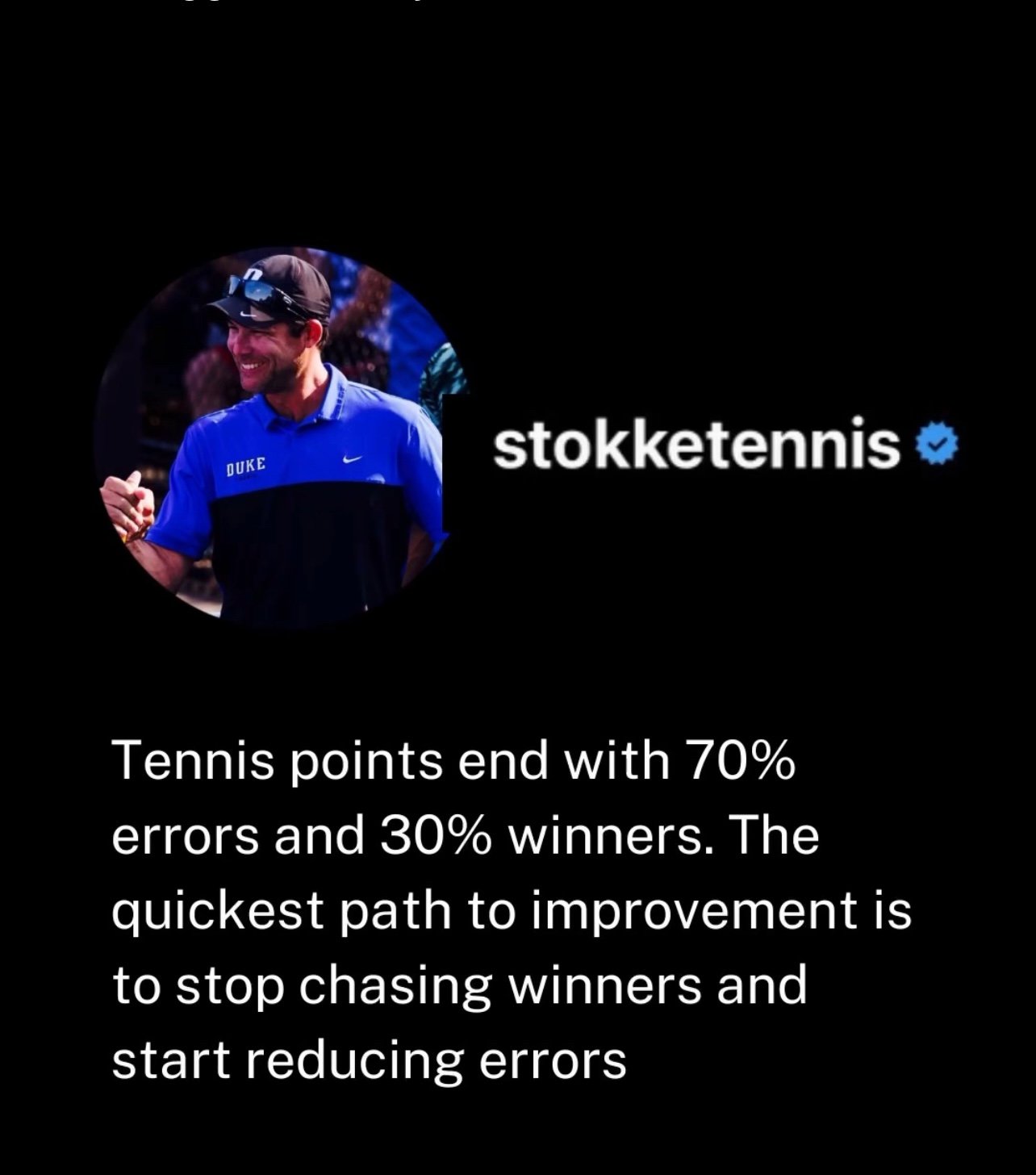Lesson 4 The Practice: Concentration
“Concentration is a fine antidote to anxiety. ”
Concentration is more than just focusing your mind—it’s the art of directing your mental energy with purpose. The dictionary defines concentration as “the action or power of focusing one’s attention or mental effort.” Sounds a lot like mindfulness, doesn’t it?
The word’s Latin roots give us even more insight: com, meaning “with” or “together,” and centrum, meaning “center.” At its essence, concentration is about gathering our scattered attention and centering it. It’s about uniting mind and body in the present moment; again reminiscent of mindfulness.
In tennis, concentration can be the difference between success and failure. Whether you're in the middle of a match or practicing, the ability to sustain focus is critical. When our minds wander, we miss opportunities—not just in the game, but also in life.
The Challenge of Focus
On the tennis court, keeping your mind in the present is easier said than done. It’s tempting to replay past mistakes or missed opportunities, getting stuck in regret or self-criticism. Equally distracting are thoughts about the future: worrying about the score, your ranking, or the possibility of letting teammates or a coach down.
These distractions pull us away from the present moment, where the next point—and the only point that truly matters—is waiting to be played.
So, how do we handle these distractions? By staying in the moment. This is mindfulness in action.
We can’t change the past, but we can learn from it and move forward. We can’t control the future, but we can influence it by focusing on what’s right in front of us. Concentrating on the task at hand—this shot, this point, this moment—gives us the best chance for positive performance.
Mindfulness as Concentration Training
What better skill to cultivate as an athlete than the ability to focus on one thing at a time?
Meditation, at its core, is a concentration practice. It trains us to bring our full attention to a single anchor, such as the breath, a sensation in the body, or a sound. And when we notice our concentration has drifted—because it inevitably will—we gently bring our focus back to the anchor.
This simple act of noticing and returning builds the muscle of concentration. The more we practice, the stronger this muscle becomes, both on and off the court.
“Concentration and mental toughness are the margins of victory.”
On-Court Tip: Do One Thing
What is the opposite of mindfulness? Multitasking.
While multitasking might seem productive, it actually divides our attention and dilutes our focus. On the tennis court, the key to success is giving your mind just one thing to do.
If I had to choose just one instruction to guide players through all the challenges they might face on the court, it would be this: Watch the ball.
I mean, truly watch the ball.
We hear this advice so often it can start to sound like background noise, but it’s one of the most powerful things you can do for your game. It’s foundational to performing well.
When you watch the ball—tracing its entire path from your opponent’s racquet to your own—you:
React faster.
Anticipate placement more accurately.
Prepare your stroke earlier.
Make clean contact with the ball.
When the ball is your sole focus, everything else seems to fall into place. It’s the ultimate concentration practice: doing one thing, fully and completely, in the present moment.
“Multitasking is seriously overrated. Try to do one task at a time and learn to do it with more purpose.”
Most amateur tennis players lose points in the first three shots. On average tennis rallies last for three to five shots So what you do within those is critical.
“Awareness is the greatest agent for change.”



